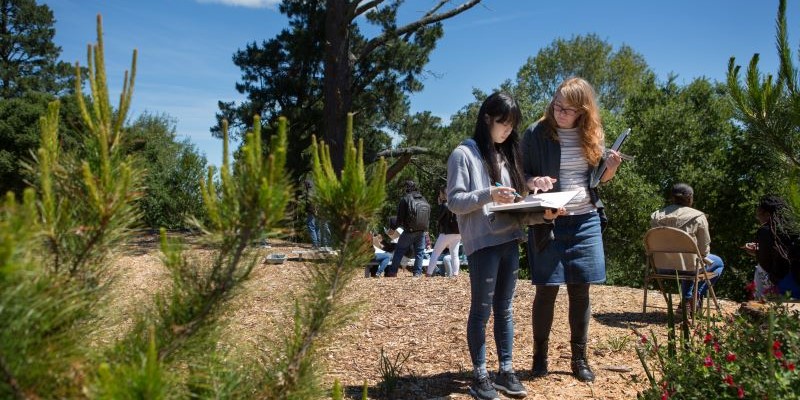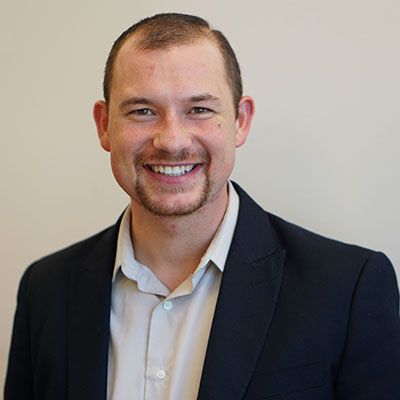For many school systems, the time, money, and effort spent to improve K–12 education seems to offer a lackluster return on investment. During my career that spans both teaching and researching, I’ve seen sweeping policy and funding initiatives focused on rigorous state standards, robust teacher evaluation systems, and high-quality curriculum. All of these have spurred marginal improvements across the K–12 landscape. Yet major challenges in education remain: the majority of students from lower-income neighborhoods still don’t receive the quality of education that can improve their life trajectories. Meanwhile, students from all socioeconomic backgrounds are currently facing an erosion of social and emotional wellbeing that hampers their ability to enjoy life and live up to their potential.
Why do these problems persist? It may be that our failed treatment of education’s ills stems from faulty diagnosis. Most efforts to improve schooling focus on improving the established features of schools—such as curriculum, accountability, or teacher quality—without ever questioning the cornerstone architecture of conventional schooling. As education historian Larry Cuban has documented, the fundamental “grammar of schooling” has survived more than half a century of attempted reforms.
Last month I had the pleasure of chatting with Kelly Young, the president and founder of Education Reimagined, about what it will take for school systems to truly innovate beyond the models of schooling they’ve inherited. Our conversation explored a number of interesting topics:
- The challenges that arise when freedom and funding are at odds with one another
- A vision for community-based ecosystems of learning
- Why it’s so difficult to invent something new within an existing system
- The autonomy districts need to invent learner-centered structures
- How to take advantage of existing policies to invent new models of education
- The different pathways to learner-centered education within school districts
You can watch our complete conversation below.
All photos associated with this blog are by Allison Shelley for EDUimages.


